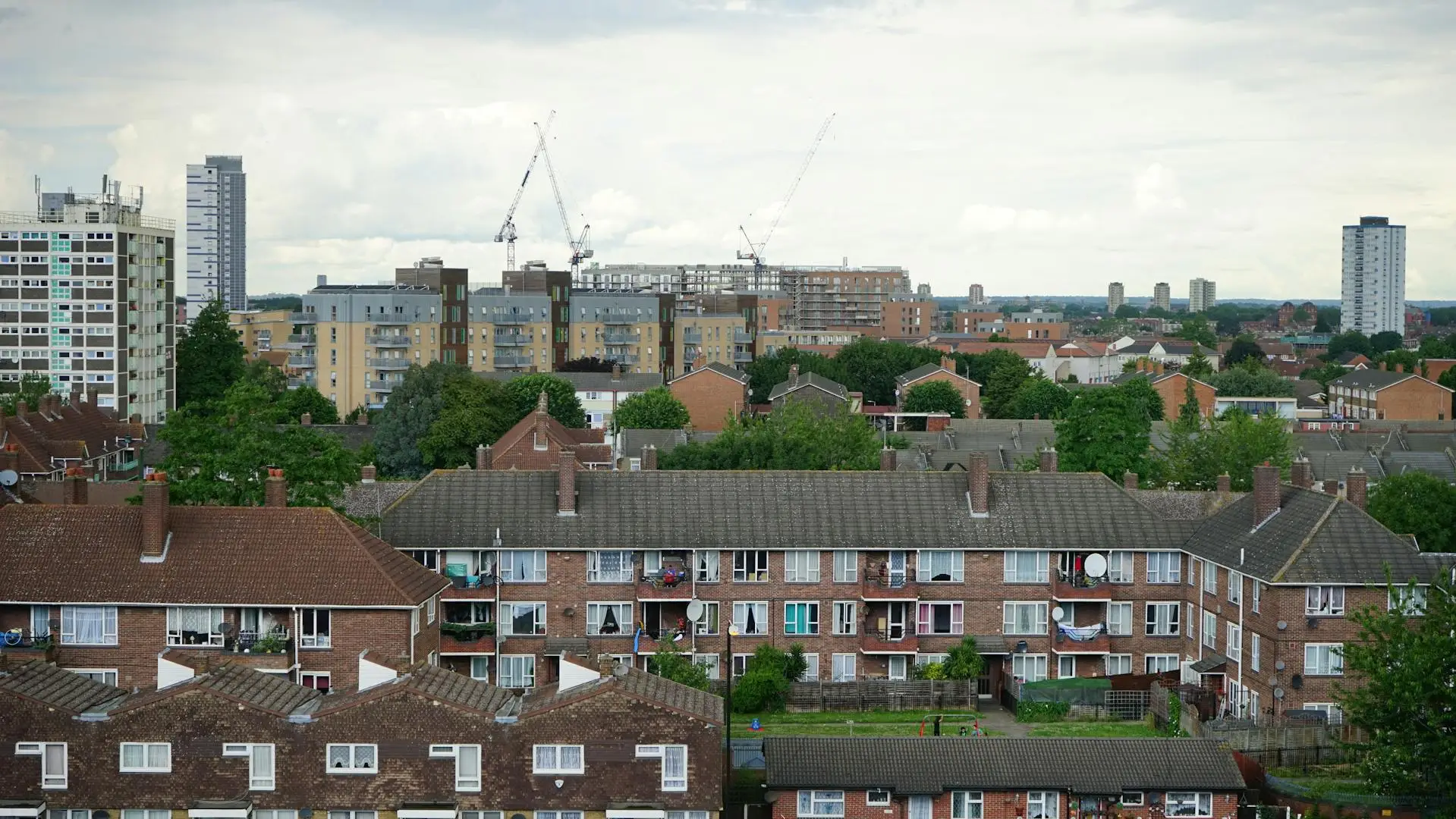Unlock the Secrets of UK Social Housing: What You Need to Know!

Author
Published on
Category
Recent Posts
Get in Touch
Navigating the landscape of UK housing can be complex, especially when distinguishing between social housing and care homes. This guide breaks down these concepts, highlighting their differences and exploring potential investment opportunities within the social housing sector.The UK property market continues to experience shifting dynamics as we near the end of 2024, with changes in house prices, market activity, and regional variations. Here, we provide a snapshot of the current market landscape in a simple Q&A format, answering some of the most pressing questions facing homebuyers, sellers, and investors.
Q1: What is social housing in the UK?
A: Social housing refers to affordable rental accommodations provided by local councils or housing associations to individuals and families with low incomes or specific housing needs. These homes are typically offered at rents lower than those in the private rental market and come with more secure tenancy agreements.
Q2: What are the different types of social housing available?
A: The main types of social housing in the UK include:
Social Rented Housing: Properties rented at rates significantly below market levels, often around 50-60% of typical market rents. They are allocated based on housing need.
Affordable Rent Housing: Introduced in 2011, these homes are let at up to 80% of local market rents, aiming to bridge the gap between social rent and private market rent.
Shared Ownership: This scheme allows individuals to purchase a share of a property (usually between 25% and 75%) and pay rent on the remaining portion. Over time, owners can buy additional shares, a process known as “staircasing,” potentially leading to full ownership.
Intermediate Rent Homes: Rented at rates approximately 80% of the market rate, designed for those who do not qualify for social rent but cannot afford full market rents.
Supported Housing: Specialized accommodations for individuals with additional needs, such as disabilities, mental health issues, or those requiring support to live independently.
Q3: How can individuals or organizations generate income from social housing?
A: Income generation opportunities within the social housing sector include:
Housing Associations: Non-profit organizations that develop and manage social housing. While they reinvest any surplus into maintaining and expanding housing stock, they provide employment opportunities and can engage in partnerships with private investors for development projects.
For-Profit Registered Providers (FPRPs): Entities operating within the social housing sector to generate profits for shareholders. They attract institutional investors seeking long-term, low-risk investments. However, the ethical implications and effectiveness of for-profit social housing are subjects of ongoing debate.
Shared Ownership Investments: Investors can participate in shared ownership schemes by developing properties and selling shares to eligible buyers. This model provides a return on investment through the sale of property shares and the collection of rent on the unsold portions.
Real Estate Investment Trusts (REITs): Some REITs focus on social housing, allowing investors to gain exposure to this sector. These trusts acquire and manage social housing properties, providing returns to investors through rental income and potential property value appreciation.
Development and Management Contracts: Private developers can enter into contracts with local authorities or housing associations to build or manage social housing projects, offering steady income streams through development fees and management services.
Q4: What are care homes, and how do they differ from social housing?
A: Care homes are residential facilities that provide accommodation and personal or nursing care to individuals who require assistance with daily activities due to age, illness, or disability. They offer services such as help with washing, dressing, eating, and administering medication.
The key differences between care homes and social housing are:
Purpose: Social housing provides affordable living spaces, whereas care homes offer specialized care services within a residential setting.
Services: Social housing focuses on providing accommodation, while care homes provide both accommodation and personal or nursing care services.
Regulation: Care homes are regulated by health and social care authorities, ensuring they meet specific care standards.
Q5: Are care homes considered a type of social housing?
A: No, care homes are not typically classified under the umbrella of social housing. While both aim to support vulnerable populations, they serve different purposes and operate under distinct frameworks. Social housing focuses on providing affordable accommodation, whereas care homes provide specialized care services alongside accommodation.
Understanding the distinctions between social housing and care homes is essential for individuals seeking appropriate housing solutions and for investors exploring opportunities within the UK’s housing sector.
If you’re considering buying or selling a property in the Leicestershire area, or if you’d like a free valuation, don’t hesitate to get in touch with us at Hauseit. Our team is here to guide you every step of the way.


